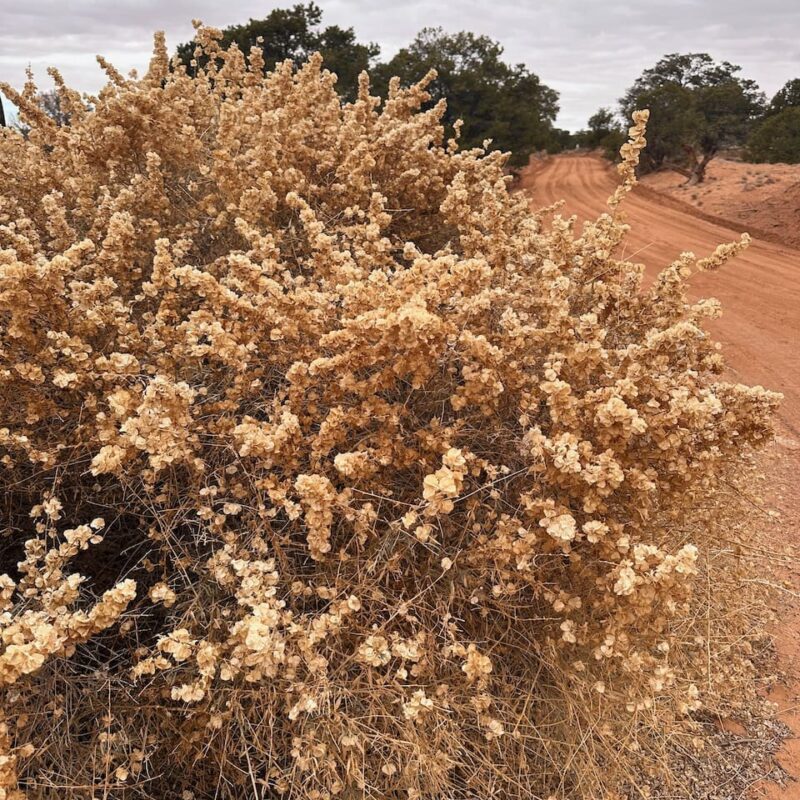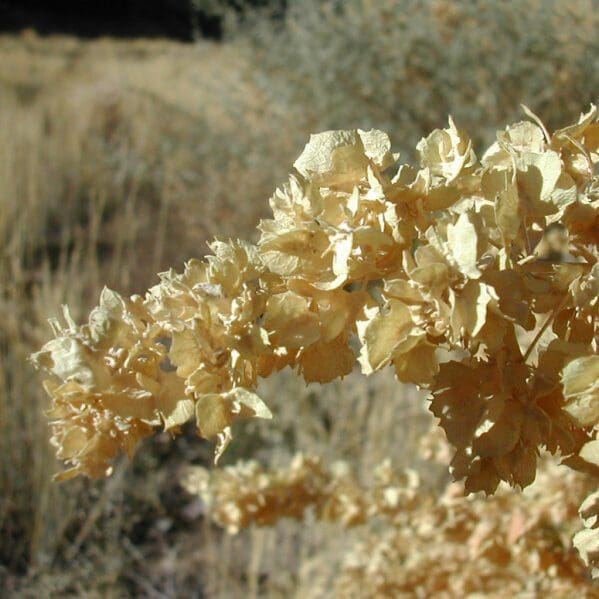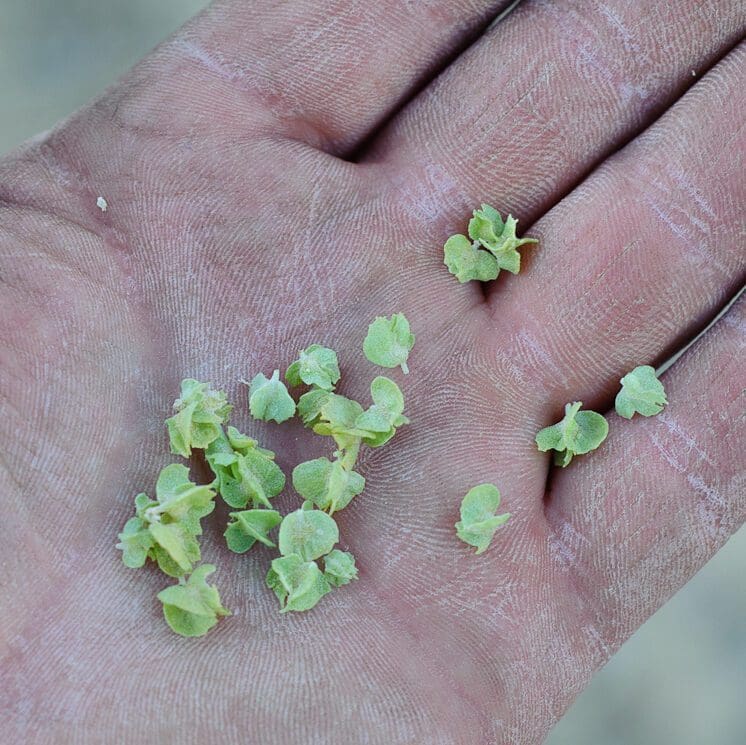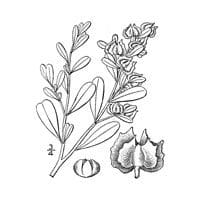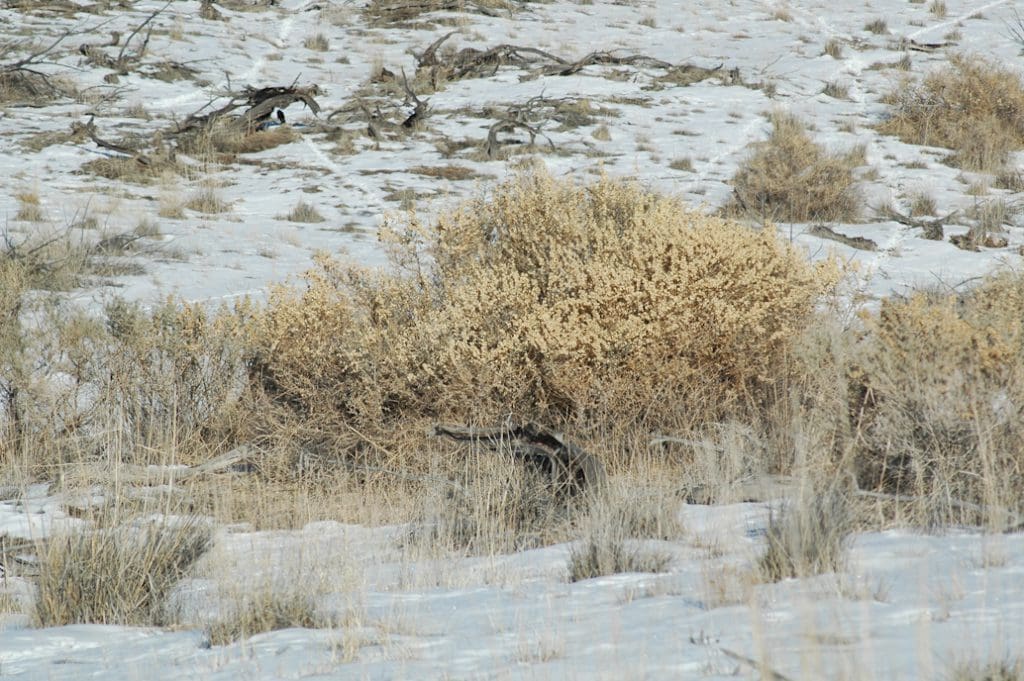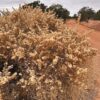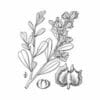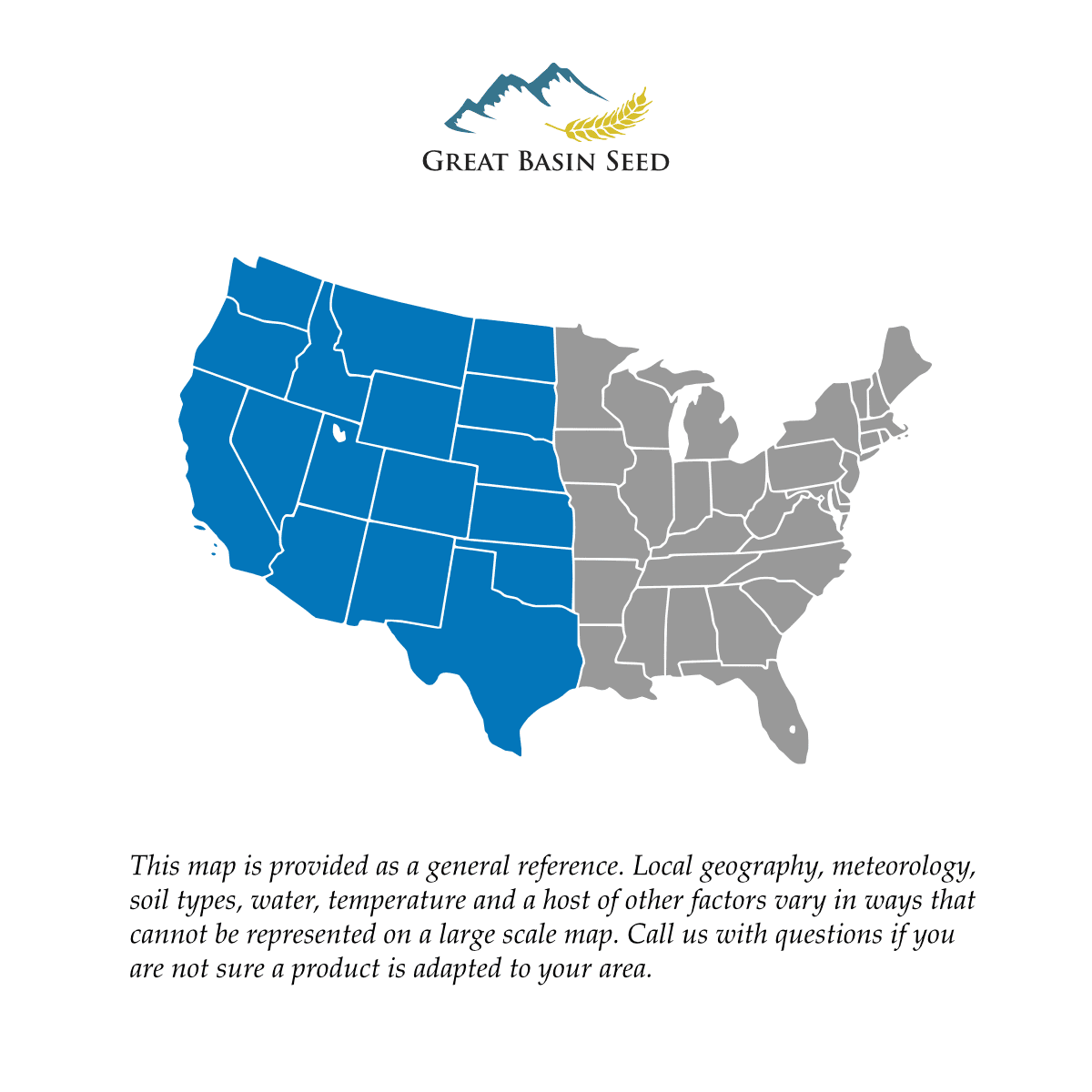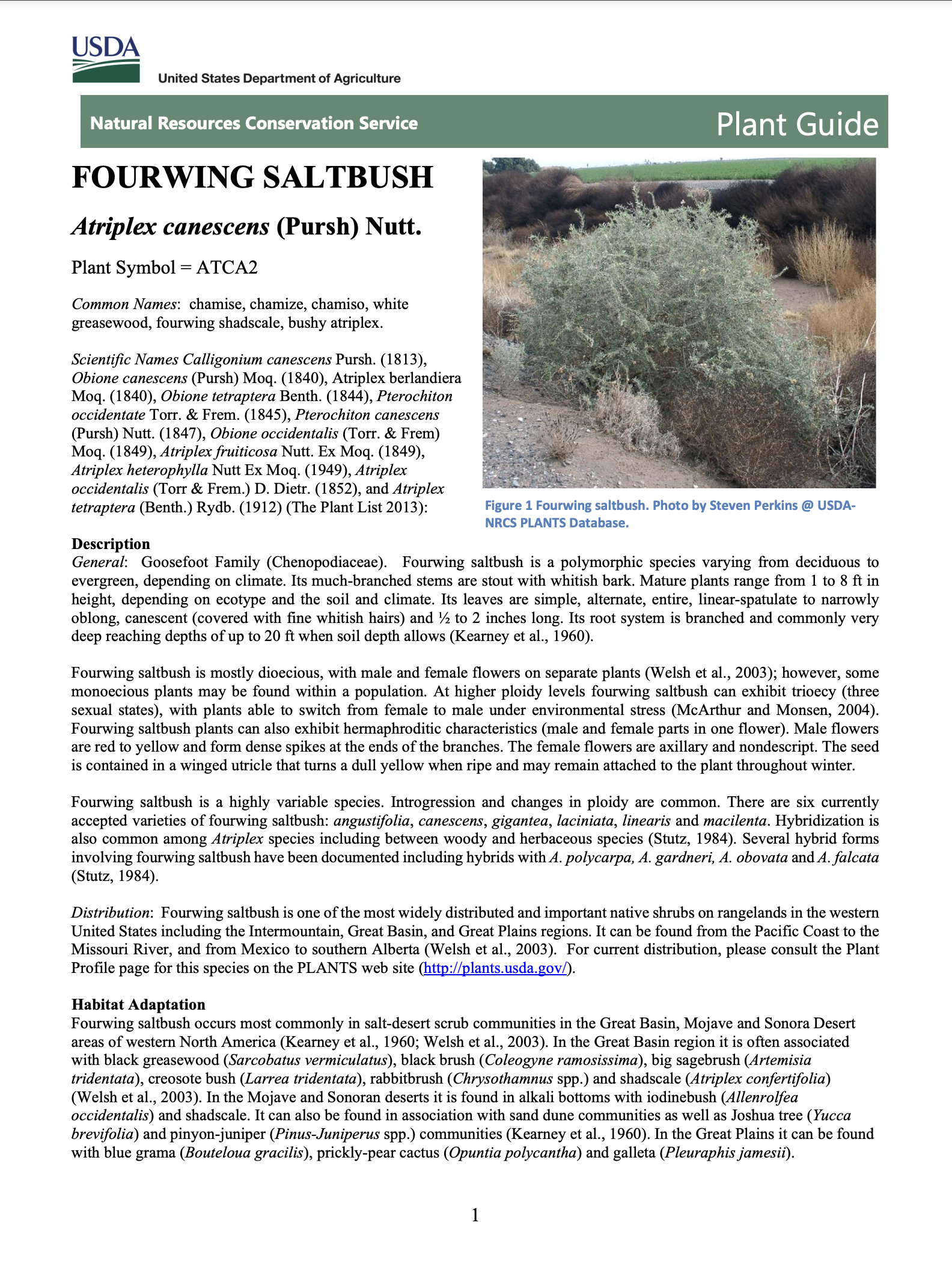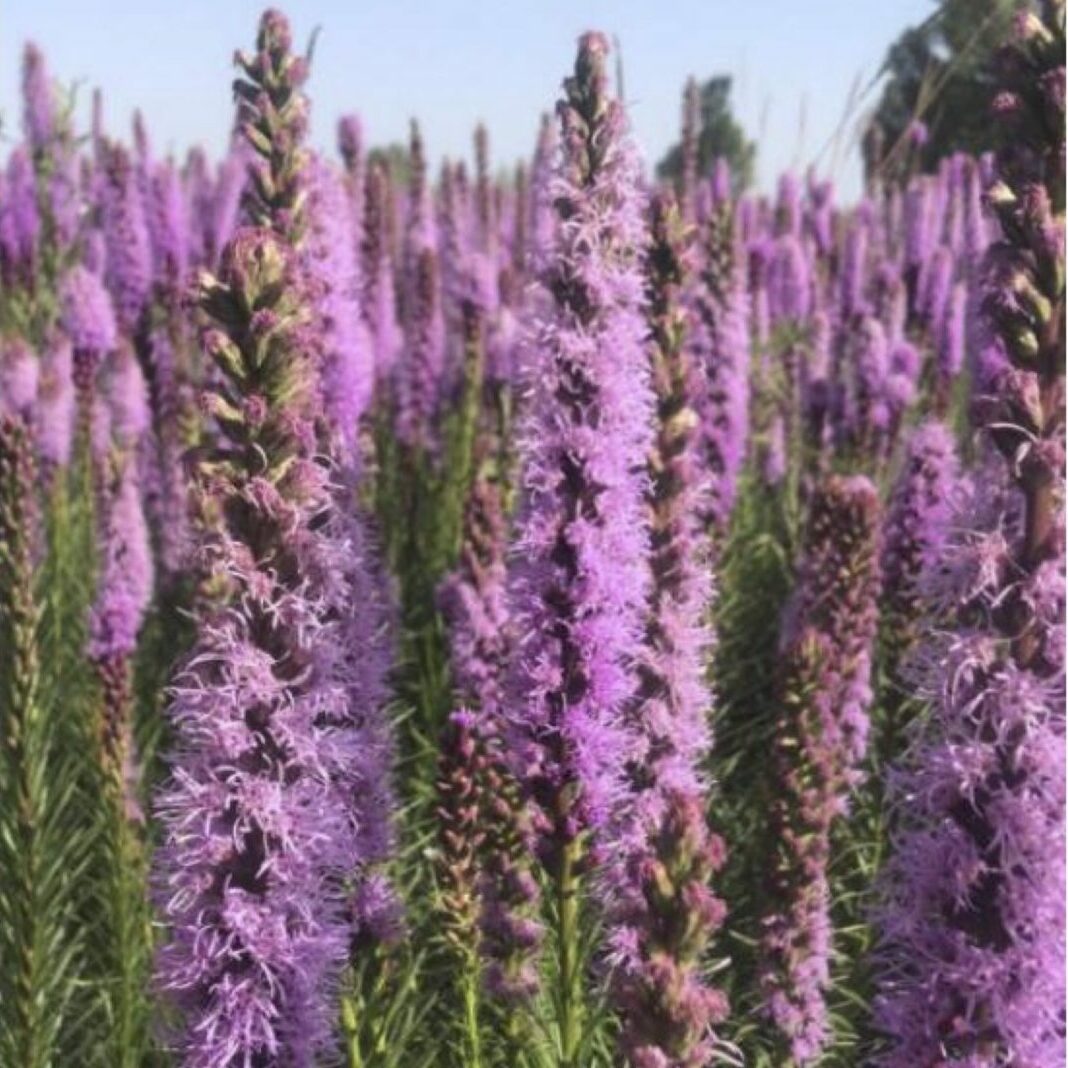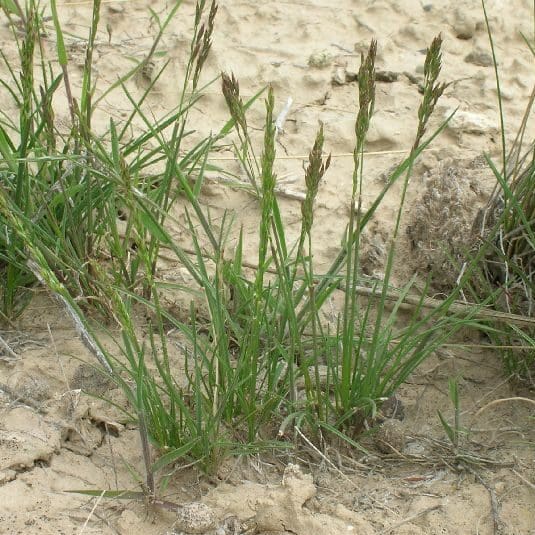Fourwing Saltbush
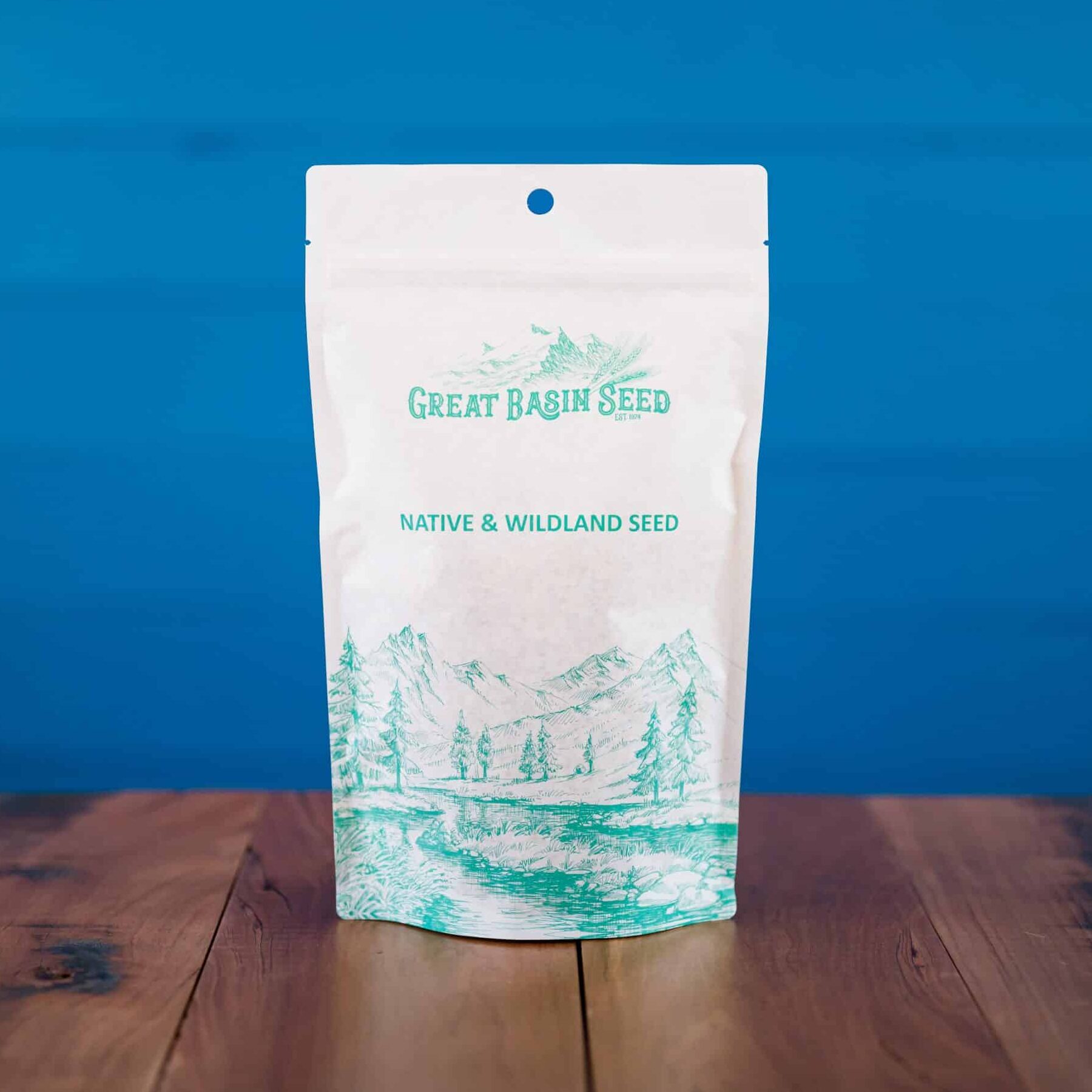 $1.65 – $13.00
$1.65 – $13.00 - Scientific name: Atriplex canescens
- Important species in the northern salt desert
- Does well in soils with high lime content
- Extensive and deep root system
Min. to Max. Annual Precipitation
60in.
Average Max. Height
Evergreen shrub from 2 to 6 feet tall, occasionally reaching 10 feet. Important species in the northern salt desert. Found in desert flats, gravelly washes, mesas, ridges, slopes, and on sand dunes. Most likely to be found at 4,500 to 6,000 feet. Widely distributed throughout the western United States. Used in reclamation projects on mine spoils, cut banks and other disturbed areas. Extensive and deep root system good for erosion control.
Fourwing Saltbush (Atriplex canescens) is a heavily branched deciduos evergreen shrub from 2 to 6 feet tall, occasionally reaching 10 feet tall. It is an important species in the northern salt desert shrub association. Average annual precipitation in this desert area varies from 6 to 14 inches but is mostly in the 8 to 12 inch range; summers are hot and dry and winters are normally cold. It is found in desert flats, gravelly washes, mesas, ridges, slopes, and even on sand dunes. It can grow at elevations from 3,000 to as high as 8,000 feet, but is most likely to be found at 4,500 to 6,000 feet. Fourwing saltbush is distributed throughout the western United States.
Fourwing saltbush grows on a wide range of soils from clays to sands. It does well in soils with high lime content. It can tolerate soil depths from 10 inches to over 3 feet, but is mostly found in moderately deep to deep soils. It is able to exist on soils with heavy white or black alkali concentrations but is not restricted to saline-alkali areas and is by no means an indicator of these conditions.
Fourwing Saltbush (Atriplex canescens) is used widely in reclamation projects on mine spoils, cut banks and other disturbed areas to blend into natural vegetation. Due to its extensive and deep root system (20 to 40 feet deep) this plant has an adaptation for erosion control, especially where associated native plants have not been disturbed. It is important to plant seed that was harvested in similar environmental conditions, especially precipitation, temperature and elevation.
Fourwing Saltbush is nutritious for sheep and goats, fair for cattle, and poor for horses, except in winter when its rating would be fair to good. The seed crop is extremely nutritious and eaten extensively by livestock and deer, especially during the winter. Quail use it for shady cover, roosting, and food.
***Click on the “Quick Plant Facts” tab above for more information.
Fourwing Saltbush NRCS Plant Guide and Fact Sheet
Fourwing Saltbush NRCS Plant Guide and Fact Sheet
PDF version of NRCS Plant Guide and Fact Sheet
Citation: Ogle, D.G., St. John, L., D. Tilley and Lair, K. 2020. USDA-Natural Resources Conservation Service, Aberdeen, ID Plant Materials Center. 83210-0296.
Helpful Links
Additional information about this product can be found on the academic websites linked below.
Synonyms
Many plants have more than one common and scientific name. We've listed a few of them below.
- Fourwing Saltbush
- Atriplex canescens
- Chamiso
- Chamiza
Who is Great Basin Seed?
Great Basin Seed is a seed company that specializes in seed sales and consultation for home, ranch, farm, range and reclamation. We have been a leader in the seed industry since 1974.
Our History
We've been in the seed business since 1974.
What We Offer
We offer seed for home, farm, ranch, range and reclamation projects.
Meet the Gang
We have the best employees in the world! We are proud of the work they do, and trust them to serve you!
Right: Company founder Lloyd and his wife Paula Stevens in a wildflower seed production field circa 1977
Quick Plant Facts
| Common Name: | Fourwing Saltbush |
|---|---|
| Scientific Name: | |
| Lifespan: | |
| Plant Type: | |
| pH Tolerance: | |
| Seed Count | 52000 |
| Planting Rate: | |
| Min. Precipitation | 8 inches |
| Best Time to Sow: | |
| Max Sowing Depth: | |
| Sun & Shade Tolerance: | Full sun, Partial shade |
| Elevation of Occurance: | |
| Hardiness Zones: | |
| Select a Package Size and Quantity | 1 oz. Envelope, 4 oz. Pouch (0.25 lbs.), 8 oz. Pouch (0.50 lbs.), 1 lb. (by the pound) |
